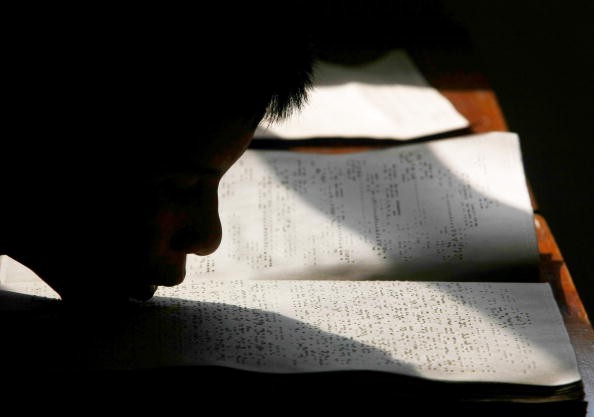According to comments said by a screening expert from the University of San Francisco (USF), Stanley Nel, vice-president of international relations, received inquiries on how to evaluate Chinese applicants using the "gaokao," or translated to high test.
USF started evaluating applicants using "gaokao" scores in 2015.
"We are aware of the many criticisms that have been made of the gaokao, but it has the advantage of being what educational experts call a 'criterion-referenced' exam: It tests whether students are able to master a given body of knowledge, as well as their ability to work hard and consistently," said USF President Paul Fitzgerald.
Fitzgerald believed that students should not be evaluated solely on their SAT scores, and that does not reflect the student's entire capability.
There were more than 200 students from China requested an interview with USF last year. Of the total number, 74 of them were selected for a follow-up interview, 44 received offers and 20 accepted the invitation and joined USF for the 2015 fall semester.
Nel said that students that were evaluated this way did better than those who did not.
He said, "The average GPA for all gaokao students is about 3.5 out of 4. For all other students--American and non-gaokao international students--the average GPA is 3.2."
The test is said to be harder but is a better gauge to measure student's abilities.
Zhang Yi, who teaches Chinese language in a high school in Guangdong Province's Zhuhai, said, "It's impossible to get full marks. You may get all the answers right in math, but for Chinese and other liberal arts subjects, students write many things, and that's highly subjective. Even bad handwriting will cost you points."



























